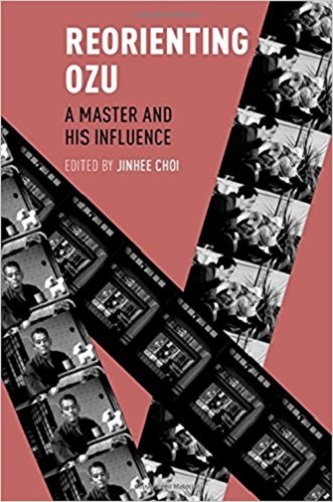‘Look? Optical / Sound Situations and Interpretation: Ozu – (Deleuze) – Kiarostami’

Reorienting Ozu: A Master and His Influence
Ed. Jinhee Choi
Oxford University Press, 2018
This chapter explores the influence on Abbas Kiarostami’s Five (2003) of the cinema of Ozu, theorizing the nature of the dedication in the subtitle: 5 Long Takes—Dedicated to Yasujiro Ozu. Such questions are approached through the philosopher Gilles Deleuze and his two books on film, Cinema 1—The Movement-Image and Cinema 2—The Time-Image.
Ozu is pivotal to Deleuze for being the first filmmaker to create “pure optical and sound situations,” to disrupt the codes of classical cinema (movement-image) and open a way to the modernist cinema (time-image).
Such disruption and creation will be analyzed in one of Ozu’s most famous movies, Floating Weeds (Ukigusa, 1959). Deleuze believes later modernist filmmakers return to Ozu not by way of imitation but for inspiration, and using “their own methods.” Five may be a very different type of film, yet after Deleuze, Kiarostami’s method reveals its commitment to the Ozuesque.
Essay available to read for free on Academia.edu >>>
Also available at Oxford University Press